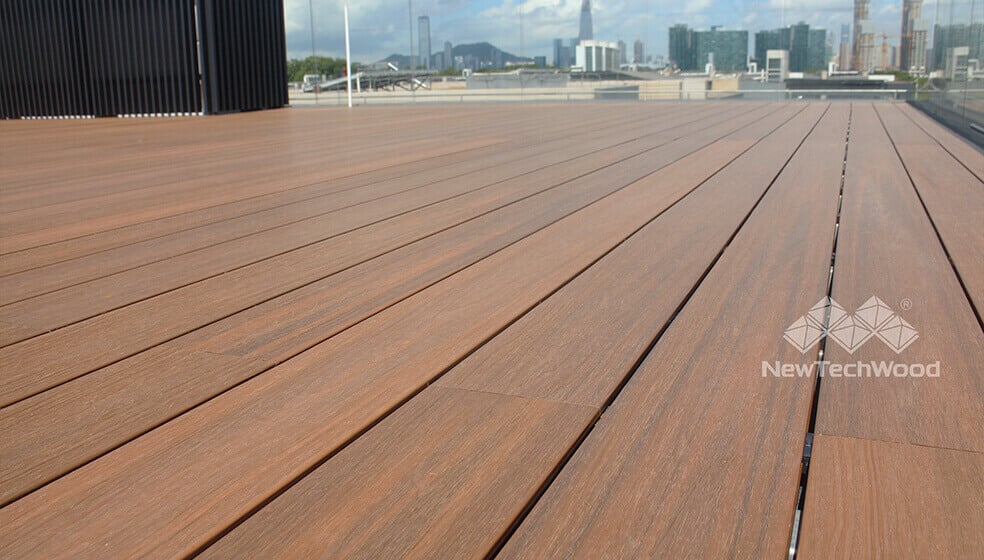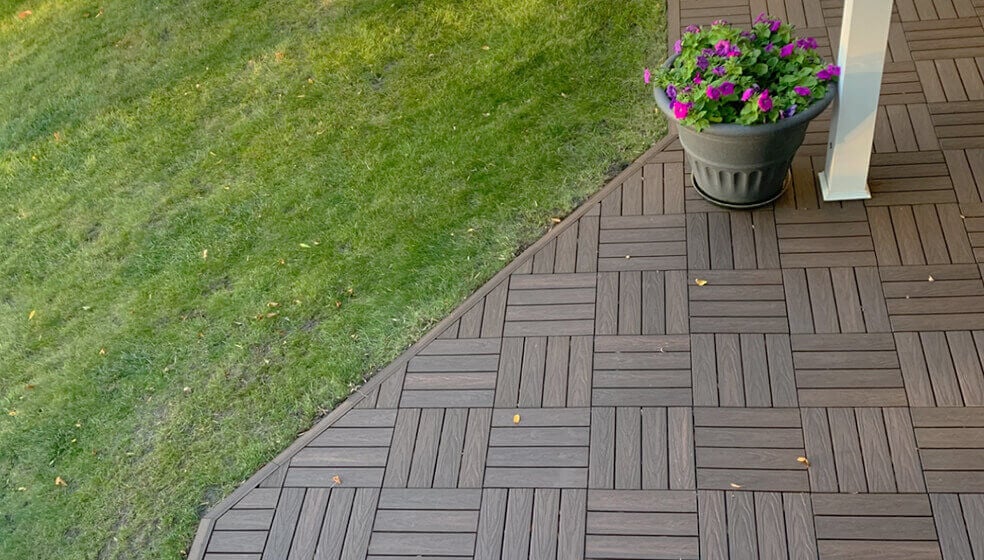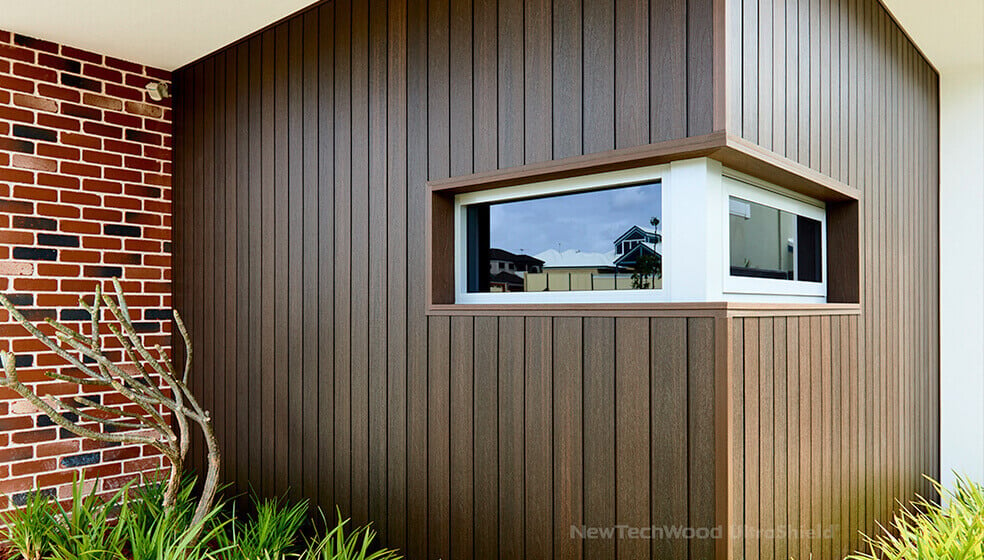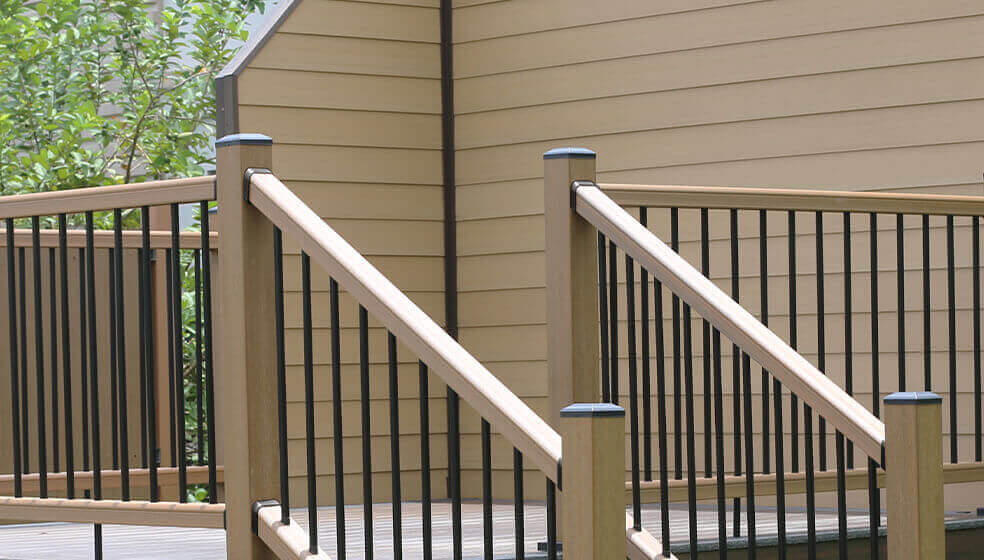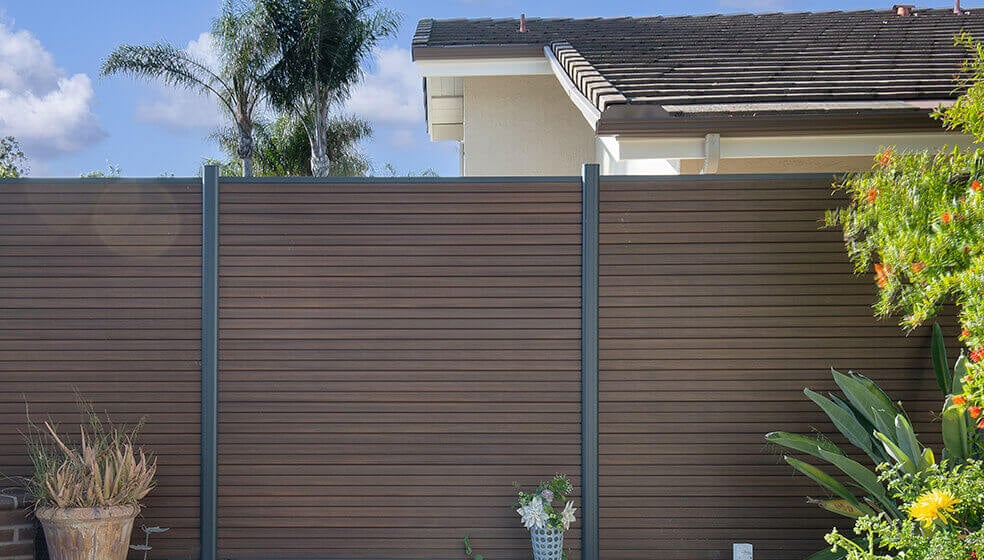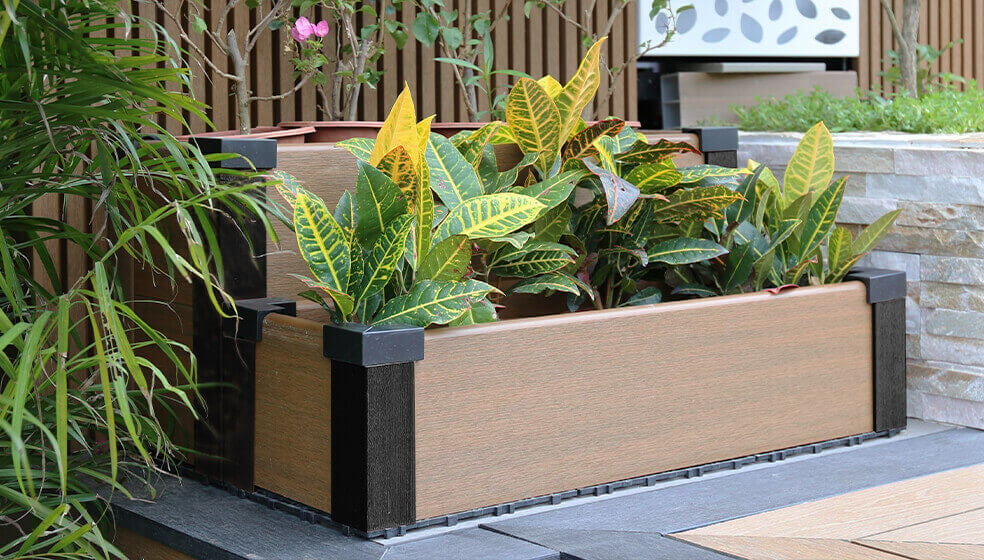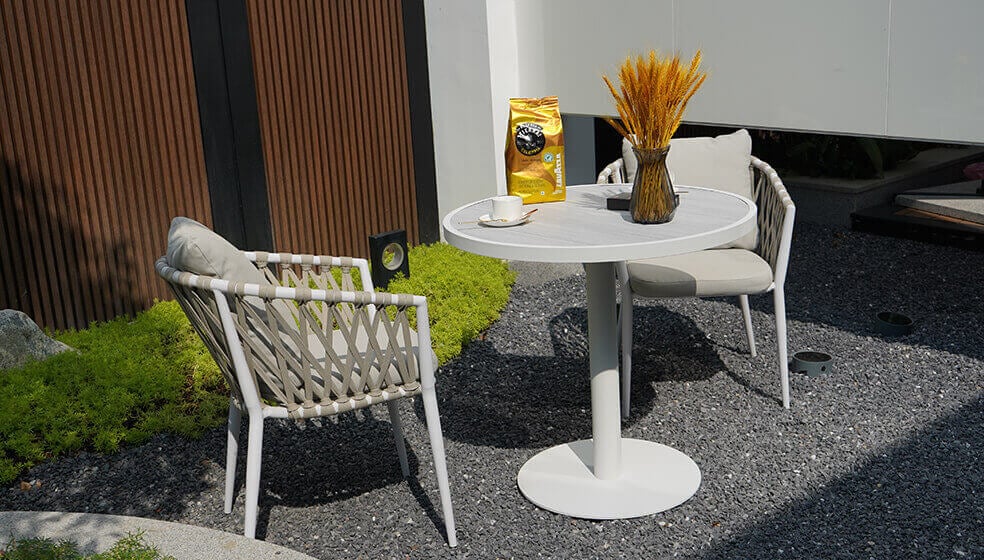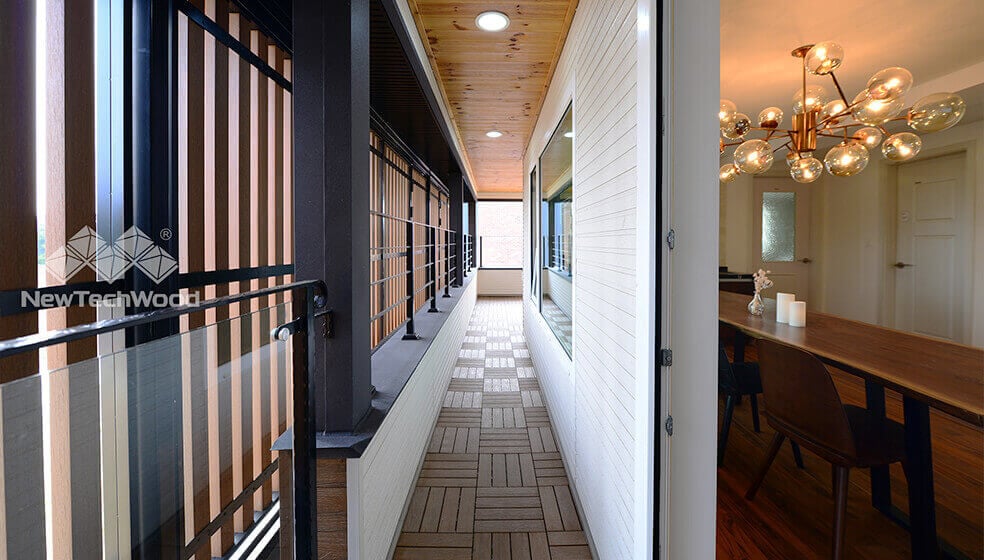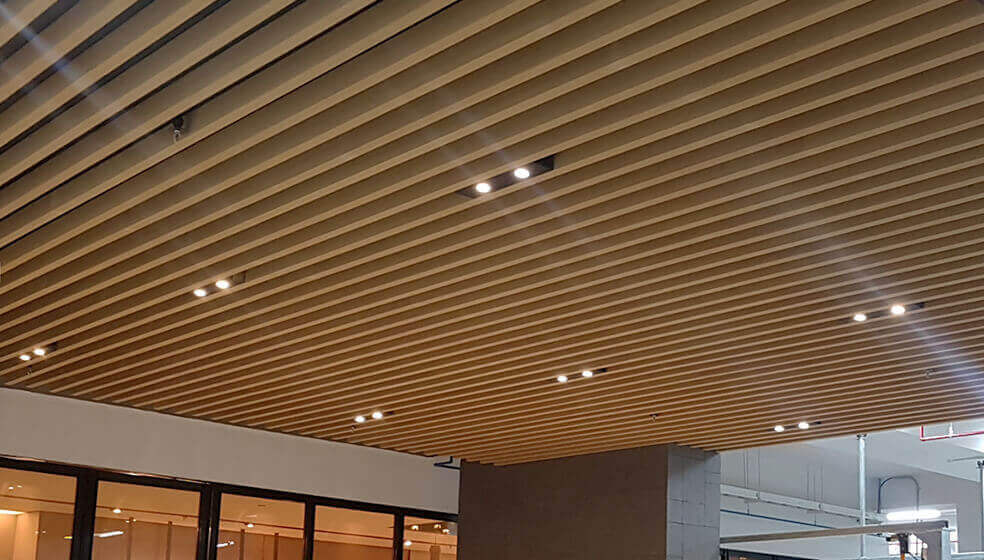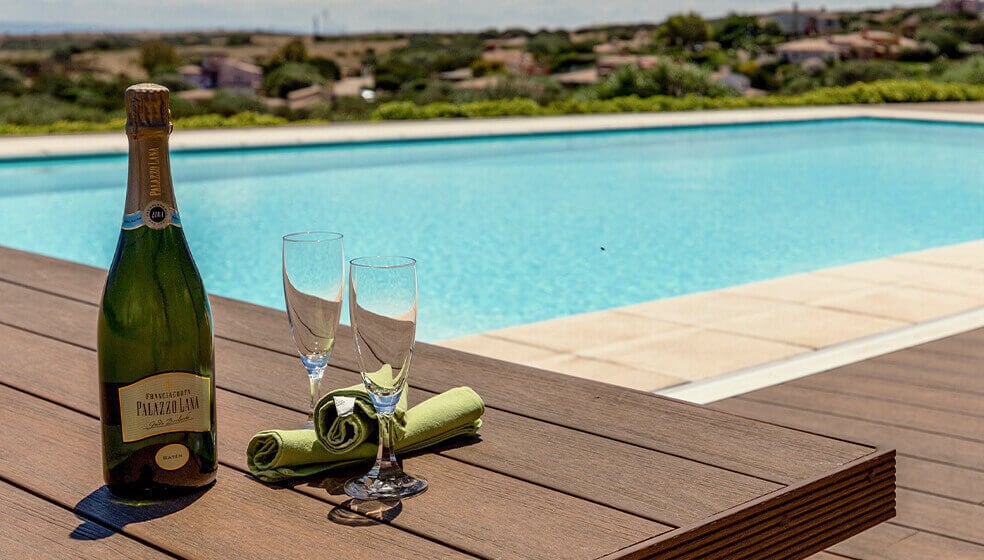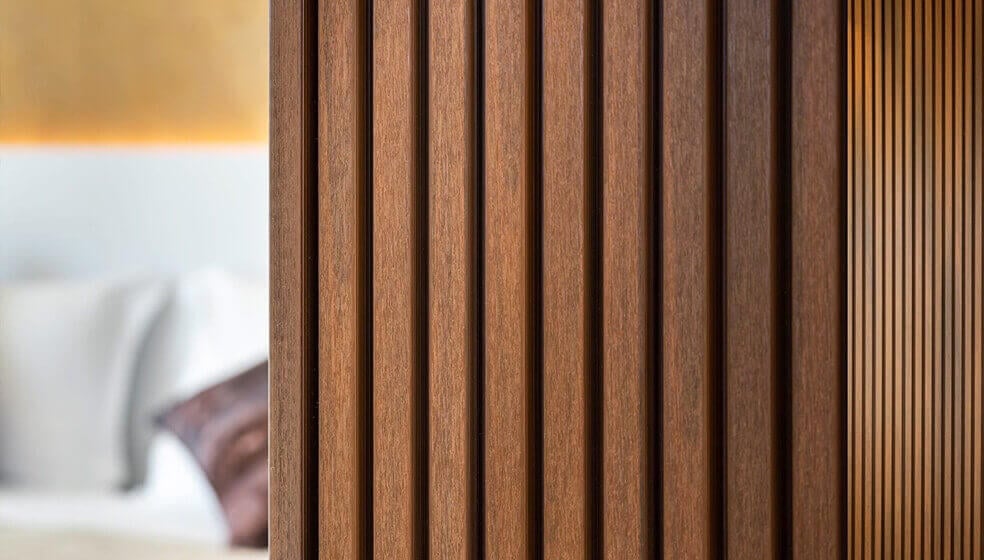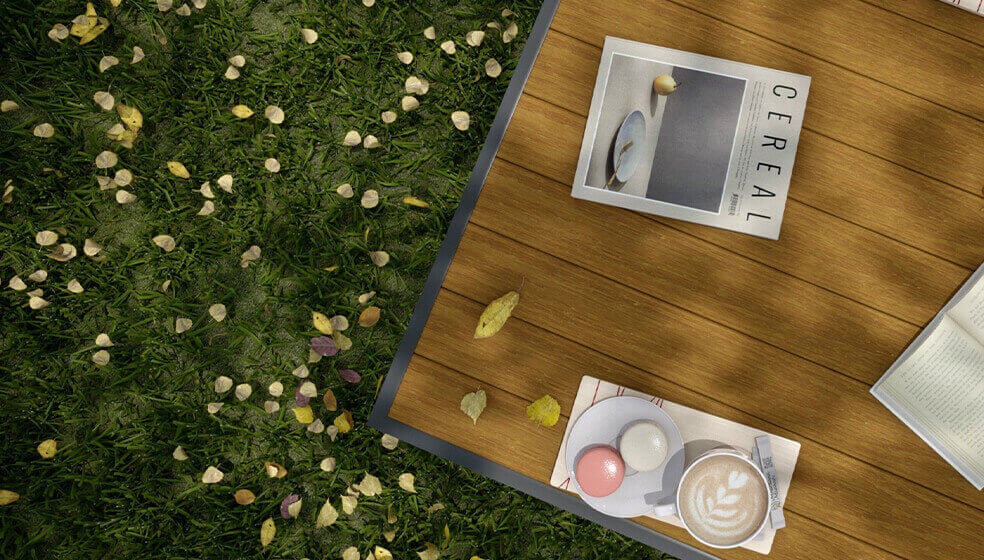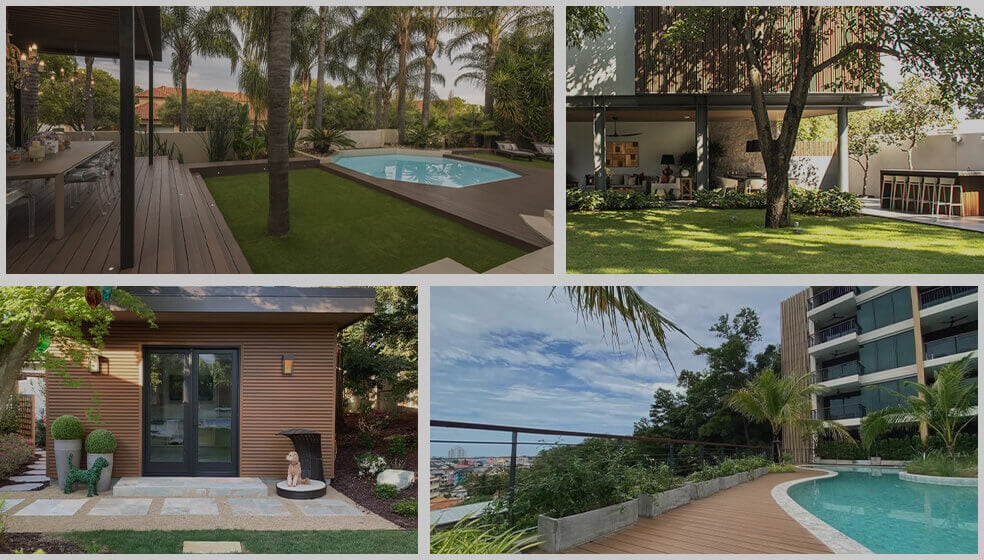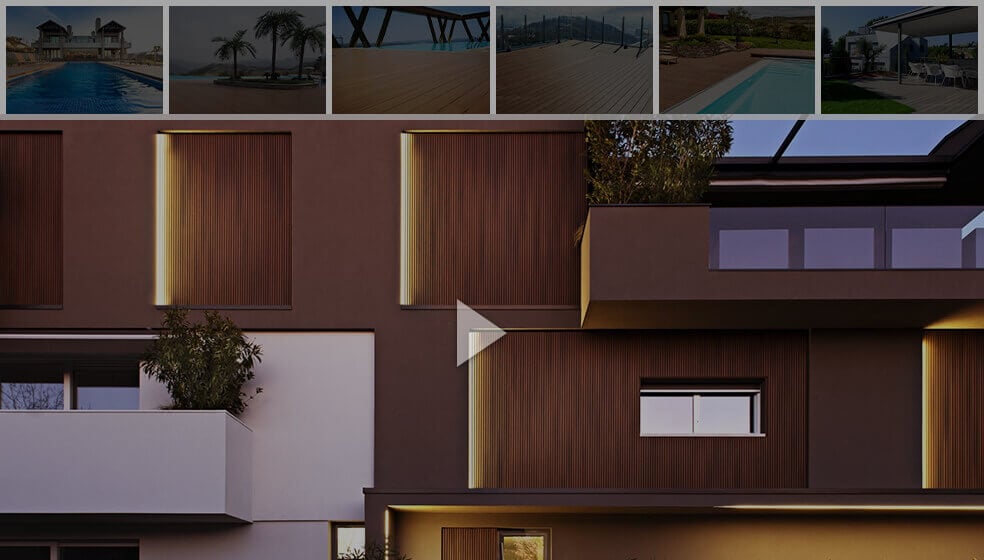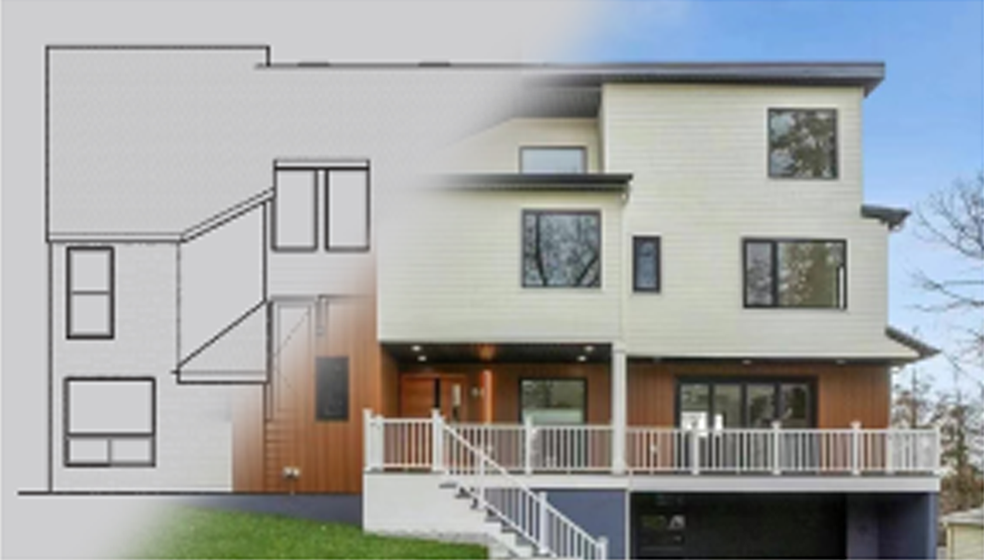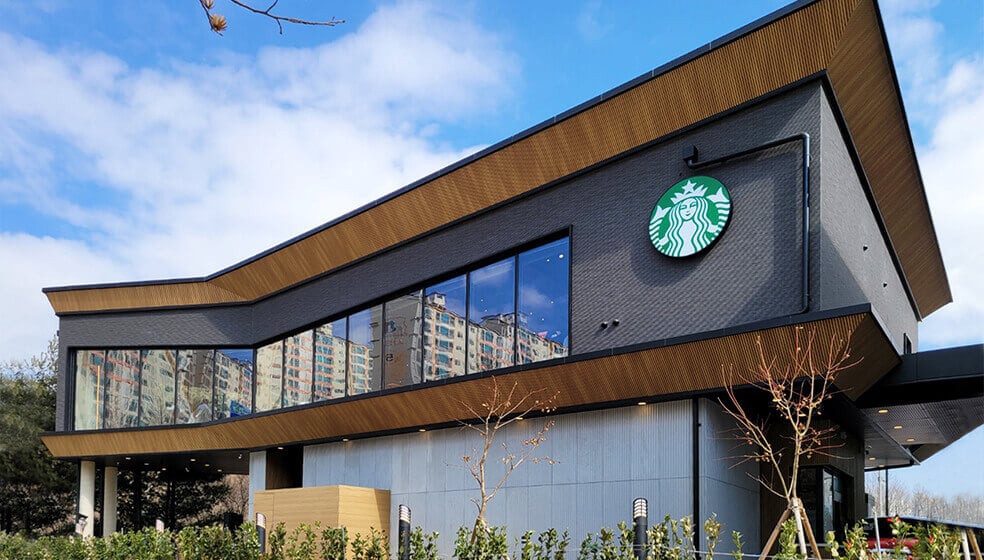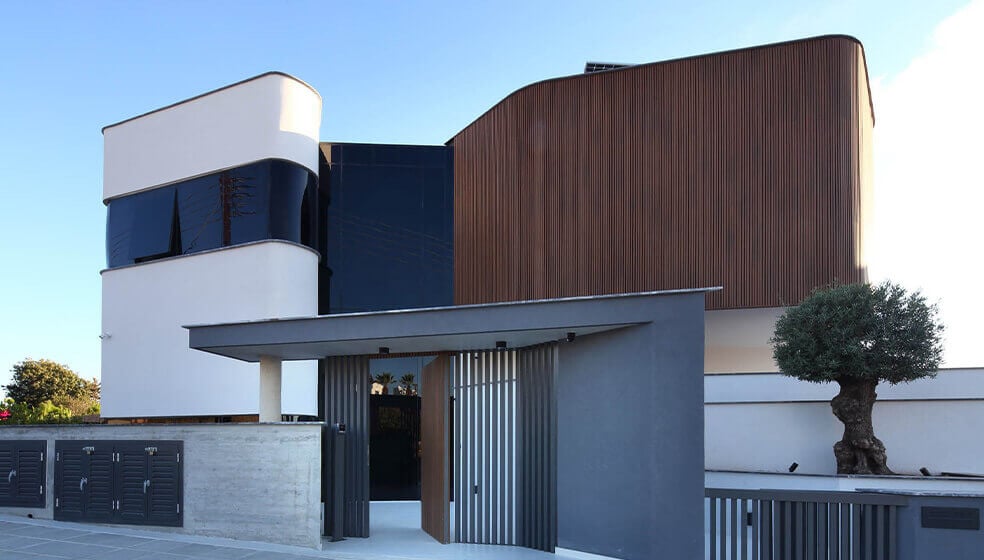It used to be that choosing a color for your deck was a biennial affair, a parade of going from transparent stains to semi-transparents and finally paint as you attempted to extend the life of your treated lumber outdoor space.
With the advent of low-maintenance composite decking, choosing the best deck color for your home is less about drudgery than about design. Making the right choice is crucial and encompasses more than simply knowing the most popular deck colors.
What goes into picking a deck color? Here are some things to consider:
Consult a Color Wheel
A typical color scheme in design consists of three colors: dominant, secondary and accent. Unless you’re matching the home’s exterior color exactly (here’s a tip: don’t try), the deck should be the secondary color. If not matching the home’s trim or extending the look of adjacent interior flooring to the outside, consult a color wheel.
From a color wheel’s 12 pie pieces, you can go directly opposite the dominant color (yellow to violet, for example) to find complementary colors. Analogous colors, or those on either side of the dominant (in this case, yellow and green or yellow and orange), also work.
Does Deck Color Impact Home Value?
The right deck color can absolutely enhance your home’s value, just as the wrong one can be a negative. Of course, when it comes time to sell your home, the most important aspect of your deck is that it is well-maintained — clean, uncluttered and structurally stable. But first impressions being what they are, a deck color that is cohesive with the home’s palette and appropriate to the style of the structure may decide whether a prospective buyer even crosses the threshold.
Colors to Consider
You might have regional reasons to favor one color over another — warm climates suggest lighter colors for comfort, and lighter colors don’t show daily dustings of pollen in the spring. You may have situational reasons — the mud tracked by kids and dogs won’t show as readily on dark decks. Regardless, here are some guidelines:
Dark tones, such as NewTechWood’s Hawaiian Charcoal, add a splash of drama to any space. A little can go a long way, however, and darker shades hold more heat from direct sun, so consider lighter colors for larger projects, borders and stairs. The payoff will be a very contemporary look.
For more of a beachy, sun-washed vibe, light grays (Westminster Gray or Icelandic Smoke White) are very effective. Reds like NewTechWood’s Swedish Red might seem daring, but they actually play as rather traditional (think barn red) — especially when set off against white trim, railings and stair risers.
Wood tones (Spanish Walnut, Brazilian Ipe, Peruvian Teak) enhance the nature surrounding the deck and are generally safer bets when resale is a consideration. Make sure to take note of undertones within the grain. For example, some browns can read a bit reddish, while others lean toward yellow.
Consult With an Expert
Remember, a knowledgeable pro can help guide you. If you haven’t contemplated the full variety of patterns, board direction, border colors, etc., available to you, talk to an expert.
NewTechWood composite decking comes in six readily available standard colors and can be created in virtually any custom color. Moreover, deck care is simple for all our products, including our composite deck tiles, which work great in situations where a traditional deck structure isn’t wanted or feasible. Contact us today.



